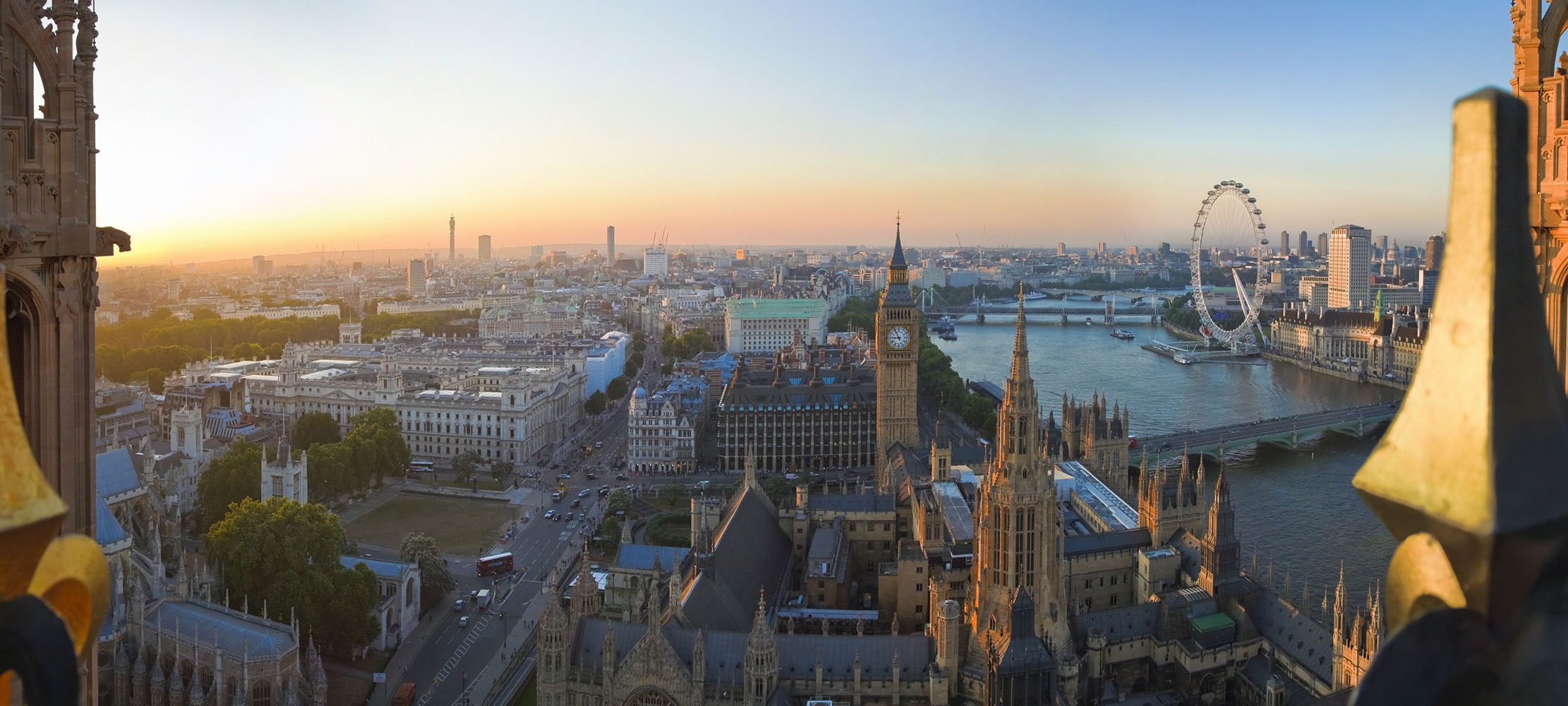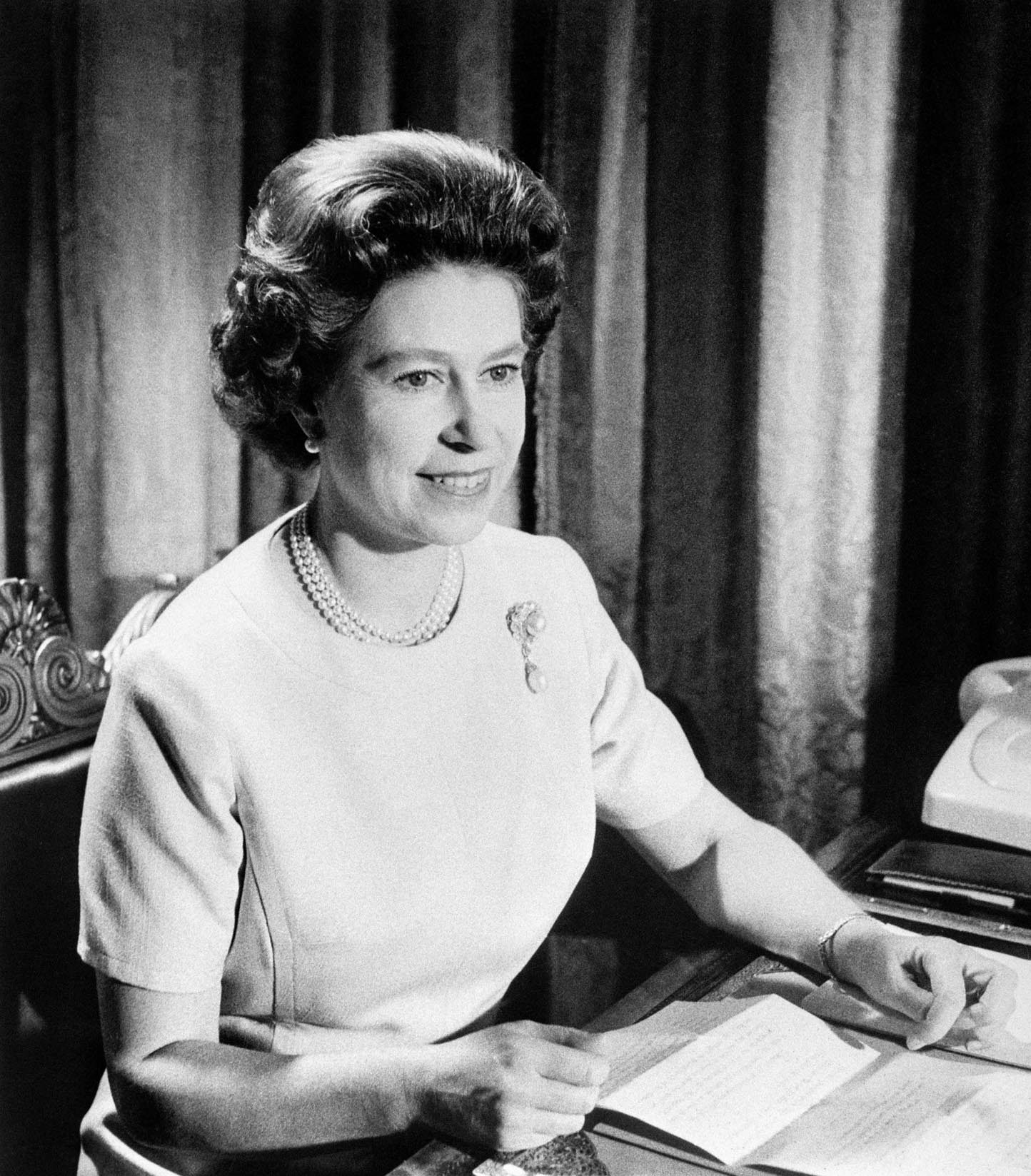Jason Goodwin: 'It is up to each of us to keep our heads, do what is right and avoid evil'
A timely pilgrimage to Westminster Abbey sees Jason muse on the notions of sovereignty that haven't changed since the days of Solomon.

On the morning of the day the Queen died, I stood assembled with a dozen friends, new and old, in the nave of All Hallows by the Tower, the oldest church in London, with its Saxon stonework and Roman-era paved crypt, and talked about the Royal Way. It’s the old processional route across London, joining the Tower, St Paul’s and Westminster Abbey; and linking two sacred hills — Tower Hill and Ludgate Hill — with the lost Isle of Thorns, on which the Abbey, Westminster School, Parliament and Buckingham Palace stand.
There’s a lot to be said about old London and the existence of the two cities that meet at Temple Bar on Fleet Street, along the Royal Way, but what we mostly talked about was sovereignty. Sunlight streamed through the clear leaded windows and the rumble of traffic echoed in the vaulted roof. The notion of kingship, I said, was bound up with justice: that, with the maintenance of peace and just measure, is what sovereignty has entailed since the days of Solomon. The sovereign is head of state, head of the body politic, the nation. But sovereignty isn’t only ‘out there’, it’s also in here, in our human bodies: we, too, are sovereign entities, kingdoms in little.
It is up to each of us to keep our heads, to govern ourselves by the principles of justice and self-control, do what is right and avoid evil. The kingdom, and its sovereign, is the projection of that duty on a grander scale; ritual and repetition the outward representation of meditation.
"Since 1066, it has been the place of royal coronations and funerals, so it was fitting that we should be asked to pray there for Elizabeth II"
In the nave of the church, we recalled the heads that have rolled, symbolically and corporeally, on Tower Hill, for the crime of breaking the old compact. I handed out silver sixpences to the pilgrim band: on one side, the head of the Queen’s grandfather George V; on the reverse, the lion standing above the crown: heads and tails, images of power that stand as metaphors for decision and self-control. The day’s journey, I said, might be dedicated to that pursuit: the coin could represent a thought, burden or aspiration, and at the end of our pilgrimage, on the bank of the river, we would gather our thoughts and let our coins go.
It was at lunch, by the holiest of holy wells in London, the Bridewell, which springs from the banks of the lost River Fleet, that someone mentioned the Queen’s illness. We walked to Cleopatra’s Needle and cast our votive sixpences into the river, each imbuing the act with private meaning, some of us finding it hard to let the coin go. The river is rich in votive offerings, from the Battersea Hoard to silver washed under London Bridge; to this day, Hindus and Muslims offer gifts of statuettes and holy amulets, for the Thames is an image of the river of life and all rivers run into the same ocean, encircling the globe.
Our pilgrimage ended with Evensong at Westminster Abbey. The Abbey is splendidly known as a Royal Peculiar, meaning that its appointments are in the gift of the sovereign, and it is powerfully girded with royal meaning. Since 1066, it has been the place of royal coronations and funerals, so it was fitting that we should be asked to pray there for Elizabeth II.
When we came out, and said our goodbyes, one of us got a text from a friend. ‘The Queen,’ she said, ‘is dead.’ We stood in Broad Sanctuary, outside the Abbey’s west gate, and a double rainbow broke over the Palace of Westminster. The Queen is dead, but sovereignty endures. Long live the King.
Exquisite houses, the beauty of Nature, and how to get the most from your life, straight to your inbox.

'In over a thousand years, no monarch has been more loved or more esteemed': Her Majesty The Queen remembered, by royal biographer Matthew Dennison
The twist of fate that led the young Princess Elizabeth to become heir to the throne could not have gifted